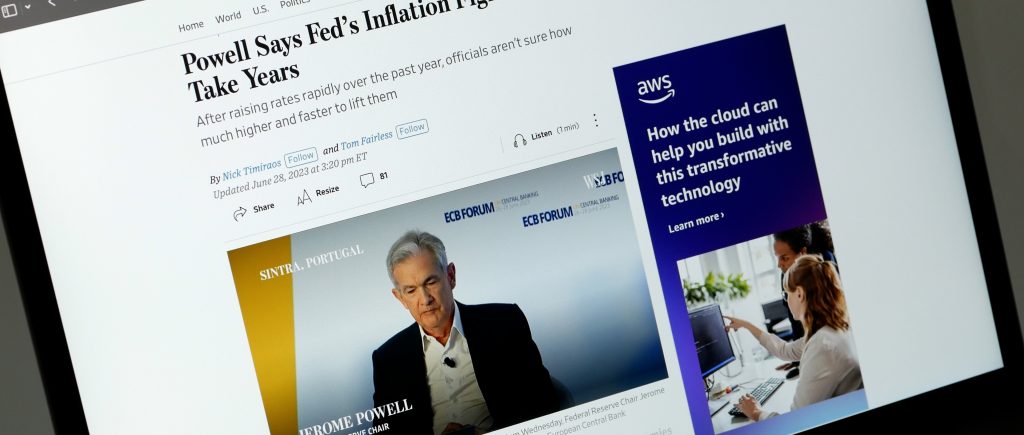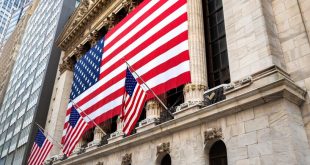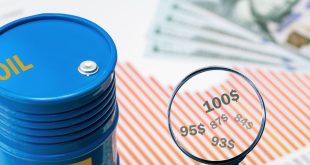Global markets shifted their focus to Federal Reserve Chair Jerome Powell and the ongoing U.S. government shutdown, as the dollar surged to fresh two-month highs on Wednesday. The greenback’s strength was driven by mounting risk aversion and concerns that the political deadlock in Washington could drag on, delaying key economic data releases.
The U.S. Dollar Index (DXY) notched its third straight day of gains, nearing the crucial 99.00 level. With little progress toward resolving the shutdown, investors expect the release of weekly jobless claims to be postponed again. All eyes now turn to upcoming speeches from Powell and fellow policymakers Bowman and Barr, which could offer new clues on the Fed’s stance after the cautious tone reflected in the latest FOMC minutes. While the minutes suggested ongoing uncertainty, they also hinted that further rate cuts remain possible.
In currency markets, the euro extended its losses, slipping toward the 1.1600 region — its weakest level in six weeks — as traders awaited Germany’s trade balance data and the European Central Bank’s publication of its latest accounts. Meanwhile, sterling fell below the 1.3400 mark, pressured by the dollar’s strength, with attention turning to the U.K.’s RICS House Price Balance.
The Japanese yen continued its slide, pushing USD/JPY close to the 153.00 threshold, levels not seen since February. Japan’s foreign bond investment data and machine tool orders are due next, potentially offering new direction. The Australian dollar, in contrast, eked out modest gains but failed to break the 0.6600 ceiling, as traders awaited the Melbourne Institute’s inflation expectations survey.
In commodities, oil prices advanced, with WTI crude climbing toward $63 per barrel. The move came as traders reacted to a smaller-than-expected output increase from OPEC+ and a surprise build in U.S. crude inventories reported by the EIA.
Meanwhile, gold continued its historic rally, surging past $4,060 an ounce for the first time ever. The precious metal drew support from persistent bets on Fed rate cuts, political instability in France, and the broader global flight to safety. Silver followed suit, breaking above $49 per ounce — a level not seen since April 2011.
As markets brace for Powell’s remarks, investors remain caught between optimism over potential monetary easing and anxiety over the deepening U.S. fiscal stalemate — a combination that’s keeping volatility front and center across global assets.

 Noor Trends News, Technical Analysis, Educational Tools and Recommendations
Noor Trends News, Technical Analysis, Educational Tools and Recommendations




